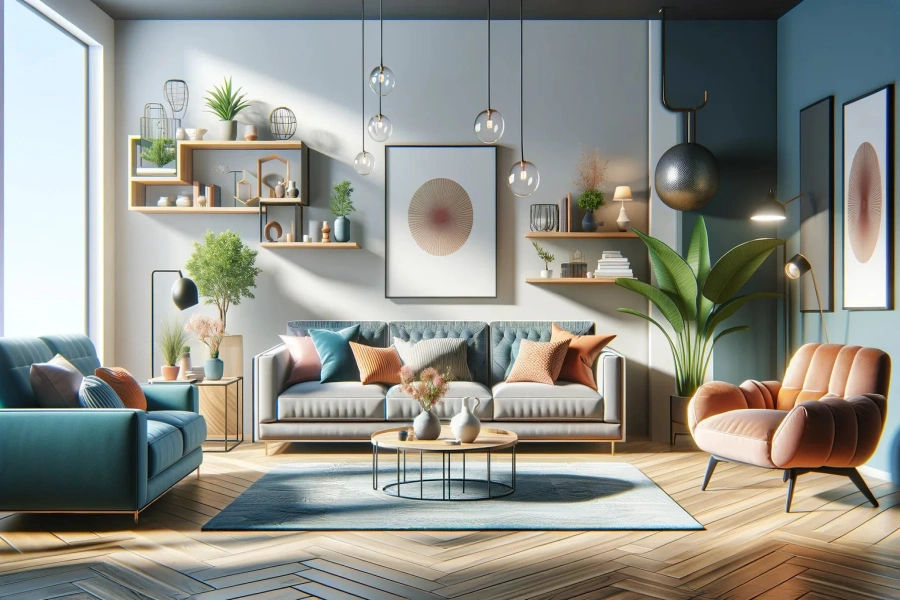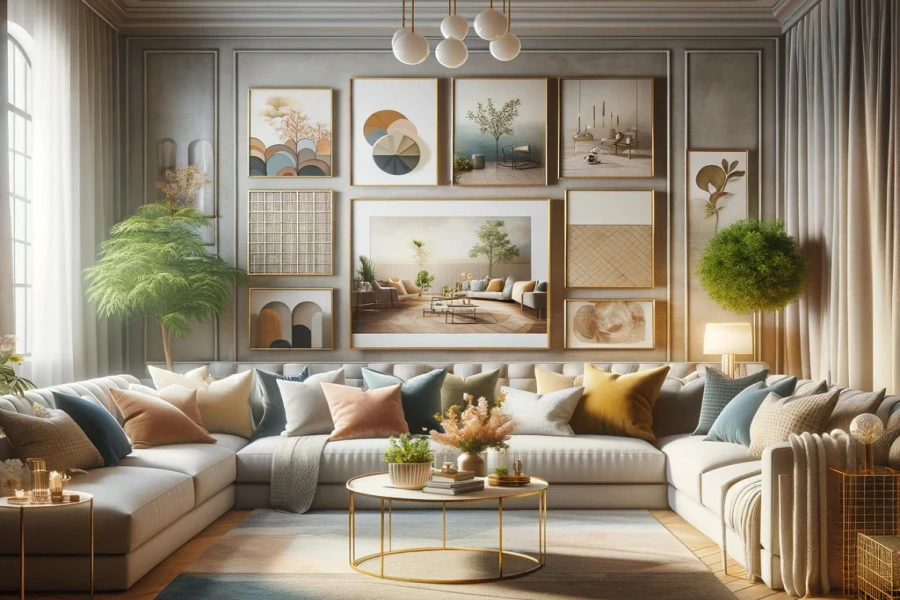
The size of furniture is a primary consideration. It’s essential to choose pieces that fit your space well, maintaining a balance between overcrowded and empty. Before shopping, measure your room and consider the space needed for movement. Oversized furniture in a small room can make it feel cramped, while tiny pieces in a large room might appear lost.
Comfort should never be compromised for style. Especially for furniture used frequently, like sofas or beds, comfort is paramount. Test the furniture before buying, sit on it, lie down, and ensure it provides adequate support and comfort.
Quality is another essential factor. High-quality furniture may require a larger initial investment but will pay off in the long run. Look for sturdy construction, quality materials, and excellent craftsmanship. Check for any defects, like wobbly legs or loose fittings.
The design of your furniture should reflect your personal style and blend well with the overall decor of your home. Whether you prefer a modern minimalist look or a traditional rustic style, ensure your furniture pieces complement each other and create a cohesive look.
Color is a powerful tool in interior design. While neutral colors offer flexibility and can easily fit into different decor styles, bold colors can make a statement and add personality to your room. However, remember that large furniture pieces in trendy colors may become outdated after a few years.

Functionality and flexibility are also important. Furniture with multiple uses or storage options can be a great asset, particularly in small spaces. For instance, a coffee table with storage or a sofa bed can provide extra utility.
The material of the furniture can significantly impact its look, durability, and maintenance requirements. While wood is classic and versatile, metals like steel or aluminum offer a more modern look. Upholstery materials also vary widely, from natural fabrics like cotton and leather to synthetic options like microfiber and faux leather.
Finally, consider the environmental impact of your furniture choices. Opt for environmentally friendly materials and manufacturers who follow sustainable practices. Not only is this beneficial for the environment, but such furniture pieces also tend to be healthier as they don’t emit harmful chemicals.
Choosing the right furniture involves careful thought and consideration. It’s not just about the first impression but how well it serves you in the long term. By considering factors like size, comfort, quality, design, and sustainability, you can create a living space that is not only beautiful but also comfortable, functional, and a true reflection of your personal style. Remember, your home is an extension of yourself, and the right furniture can make it a place you truly love.







